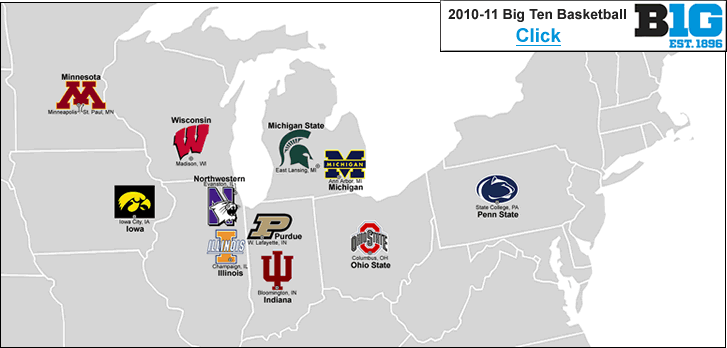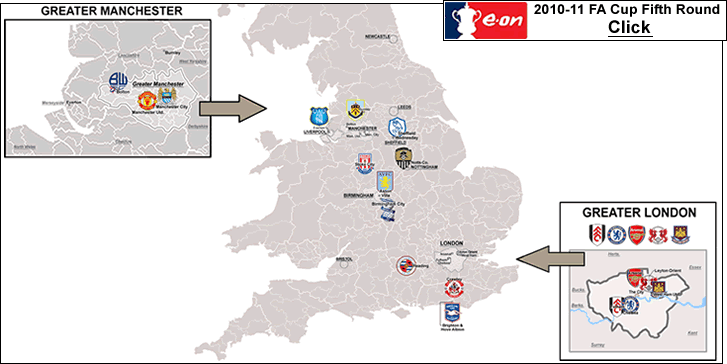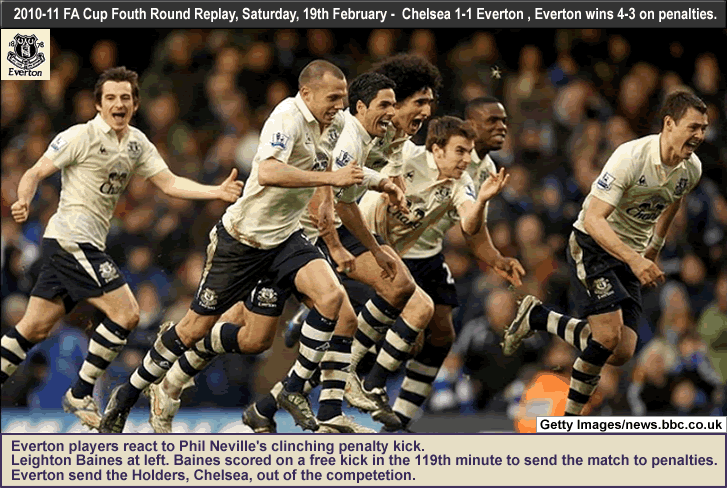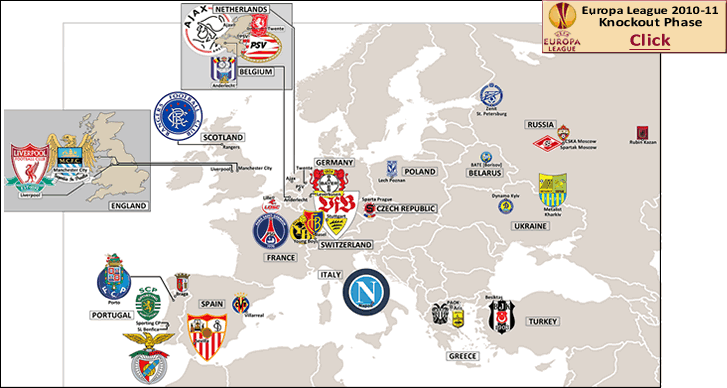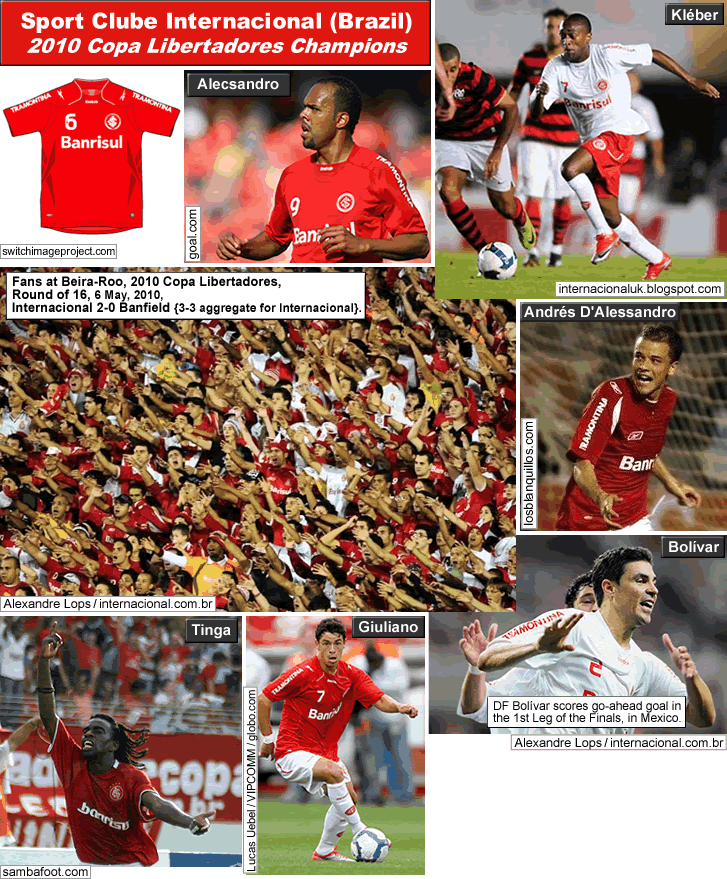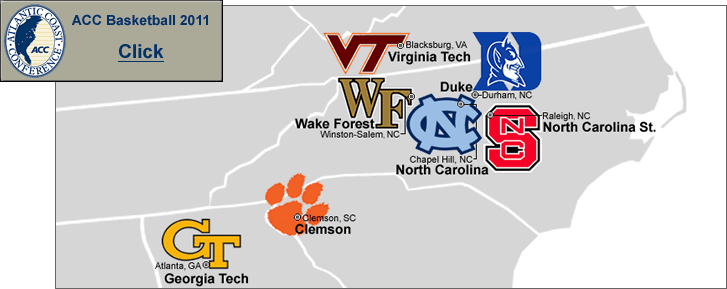2010 Russian Premier League champions and 2009-10 Russian Cup winners were Zenit St. Petersburg. This is the 86-year old club’s first Double, and Zenit’s third national title (with 1 Soviet Top League title in 1984, and 2 Russian titles, their first in 2007). Italian Luciano Spalletti did what he was hired to do, that is get Zenit back to the top. Former AS Roma manager Spalletti signed on in December, 2009. In May, 2010, Zenit won the Russian Cup final over Sibir Novosibersk (who also were relegated later in 2010). He made four good signings, first, in January 2010 bringing back FW Aleksandr Kerzkov (who started his RPL career with Zenit from 2001 to 2006, scoring 64 goals). In August, Spalletti signed veteran field general MF Sergei Semak, and powerful young FW Aleksandr Bukharov, both from 2008 and 2009 champions Rubin Kazan. And also in August, the Portuguese national/ attacking defender Bruno Alves signed with Zenit, joining compatriots Fernando Meira and Danny. Ten goals were scored for Zenit between the three August signings in 12-14 games (with Alves and Bukharov scoring 4 goals each, and Semak netting twice). Danny was among the RPL’s top scorers, with 10 goals. Zenit’s top scorer was Aleksandr Kerzakov, whose 13 goals were fourth-best in the league. [RPL leading scorers shown below.] The Zenit squad hit a bump in late August by failing to advance to the 2009-10 Champions League Group Stage (by losing to AJ Auxerre of France), but in the league, Zenit maintained their form and continued on an unbeaten run that ended up being a Russian Premier League record 21-game undefeated run. The only club to beat them were Spartak Moscow, on 27 October. Zenit St. Petersburg clinched the title on 14 November, with 2 games remaining.
Changes in Russian Premier League to be implemented in 2011-12
The Russian Premier League is switching it’s season schedule to be more in line with the bulk of European leagues. The 2011-12 season will be a transitional one and will stretch over 18 months. It will be split into 2 phases, and teams will end up playing 14 more matches than usual (!). The first phase will be exactly like other RPL seasons, with the 16 teams playing home and away matches versus all the other teams, for a 30-game slate. Then the league will be split into 2 groups of 8, along the lines of the final Phase 1 table. Theses two groups will then play home and away matches against the other 7 teams in their group. [It will be sort of like the Scottish Premier League's latter-part-of-the-season-schedule.] The top eight teams will be competing for Russia’s Champions League spots and Europa League spots (3 Champions League spots, with 1st and 2nd place going into the 2011-12 CL Group Stage; and 3rd place into the CL 3rd Qualifying Round. 2 Europa League spots, with 4th and 5th place going into the the 2011-12 EL qualifiers). In Phase 2, the bottom 8 teams of the Phase 1 table will be competing to avoid relegation, with the bottom two teams going down to the Russian First Division (ie, the 2nd Level) for the 2012 season; and the 5th and 6th place teams entering into a relegation/promotion playoff with the 3rd and 4th place teams in the First Division.
…
As if that wasn’t enough, just like last season, there have been casualties…well, a casualty, because Amkar Perm got an 11th-hour reprieve and a bailout by the government (similar to how Krylya Sovetov Samara were saved from extinction last year), so Perm are not going to withdraw from the RPL. But Saturn Moscow are, and the club will be wound up. As with FC Moscow last season, Saturn Moscow is being dissolved because of excessive debts.
Russian first division clubs get a fraction of the television broadcasting revenues that western Europen clubs do, and other income streams like ticket sales and merchandising also lag …only 2 clubs last season drew above 20,000 per game (Spartak Moscow and Zenit). There are two ways clubs in the Russian top flight get by – by being funded by the local government (as in the case of Rubin Kazan, who would never have been in the first division, let alone be 2-time-champions recently, without the funding of the Republic of Tatarstan), or by being owned by one of the major corporations there, as with Zenit, who are owned by the largest company in Russia, the natural gas extractors Gazprom. In Russia these days, getting promoted to the first division means seeing your club go into the red.
This explains the promotion of a fifth-placed team. Because the 3rd place team in the 2010 Russian First Division, FC Nizhny Novgorod, declined to accept promotion because of fear of the costs. And so did the 4th place 2010 RFD team, KAMAZ Naberezhnye Chelny. Threrefore, the fifth place club from the 2010 Russian First Division, FC Krasnodar, will get the spot. The Russian Premier League is more worried about seeing it’s ranks made up of strong clubs, even if they are basically brand new 3-year old franchises (like FC Krasnodar) that didn’t earn a promotion on the playing field.
As the 2018 FIFA World Cup in Russia nears, the cynical default view is that in the next few seasons, tiny clubs like Anzhi Makhachkala and Spartak Nalchik will go down, and cities with no clubs in the top flight – but with new stadiums set to be built for the 2018 FIFA World Cup – will see their clubs in the Russian Premier League…cities such as Kaliningrad, Nizhny Novgorod, Yaroslavl, and Saransk. [From en.wikipedia.org, Cities that will be hosting 2018 World Cup matches.]
And yes, Krasnodar is one of those cities that will be hosting matches in the 2018 World Cup. One other thing…Volga Nizhny Novgorod, one of the teams that won promotion to the Russian Premier League last season – and a club from one of those cities that will host 2018 World Cup matches – they are being investigated for several instances of alleged match-fixing last season. From TheMoscowNews.com, from 28 Aug. 2010, by Andy Potts, ‘Another match-fixing scandal rocks Russian football‘.
As Sasha Goryunov writes in the January, 2011 issue of When Saturday Comes, “…There is talk of the international attention that will be afforded Russian football now [that Russia has won the rights to host the 2018 FIFA World Cup] and that this should mean more transparency, fewer fixed matches, better standards of refereeing and better crowd control. Spartak will finally get their own ground. The work on Zenit’s stadium can resume now. The provincial host cities will get 25-35,000-capacity stadiums, temporarily expanding to around 45,000 for 2018. But what are the odds that teams from the host cities of Sochi, Saransk, Yaroslavl and Kaliningrad won’t be “helped” up to the top flight at the expense of clubs from Perm, Tomsk, Makhachkala and Nalchik?”
-
Thanks to the contributors to the pages at en.wikipedia.org, Russian Premier League.
Thanks to E-F-S attendances, here.
Thanks to Sasha Goryunov, and When Saturday Comes – wsc.co.uk.
Thanks to Internet Archive site, https://web.archive.org/web/20110422053044/http://billsportsmaps.com/?category_name=russia.
